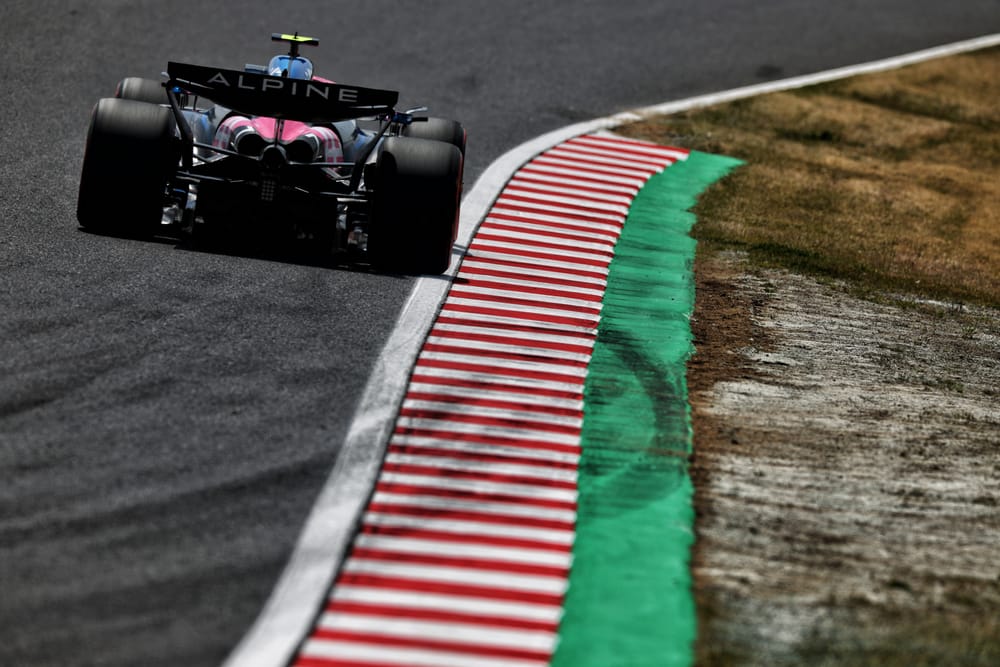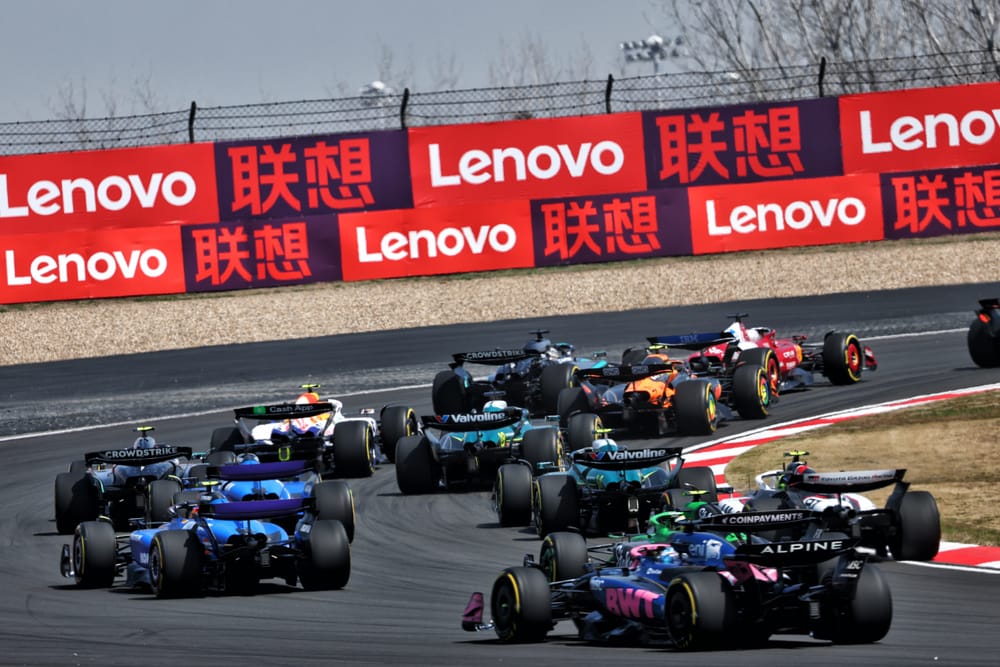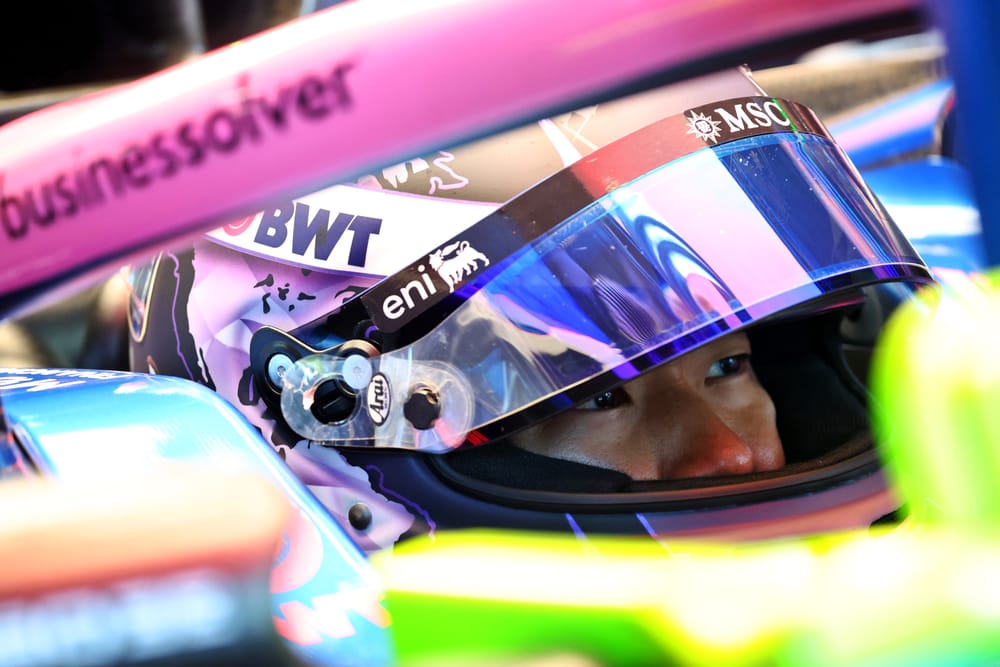With no points from three rounds - the only Formula 1 team yet to score - you would be forgiven for thinking Alpine is deep in another malaise.
If the start of the season has highlighted anything, though, it is that a well-established Renault engine weakness is proving particularly painful in a midfield that looks closer than ever.
And the controversial decision to resolve that weakness in drastic fashion, by electing to end the Renault F1 engine programme which has long struggled in the V6 hybrid era and swap to Mercedes for 2026, has been justified by the juxtaposition of Alpine's championship position against the car it has built.
That was stark last weekend at the Japanese Grand Prix.
"When you finish the session and look at GPS across cars, it's very easy to understand where we lose," said Pierre Gasly after qualifying.
When Gasly had flashed into view at the high-speed Esses in the first sector in final practice, no midfield car looked better. It was as strong, if not better, than Isack Hadjar's Racing Bulls - which would go on to win 'Class B' at Suzuka.
Even by qualifying the numbers bore that out: Gasly was more than two tenths quicker through the high-speed sweeps and the Alpine was the fastest midfield car of all in the entire sector even though the final margin was small.
After an experimental Friday, heavily compromised by the massive crash for Jack Doohan in the other car, Alpine had dialled the A525 in well. The lessons learned from a tougher-than-expected Australia and then a particularly weak China, where traction and rear grip was poor, made for a different set-up direction.
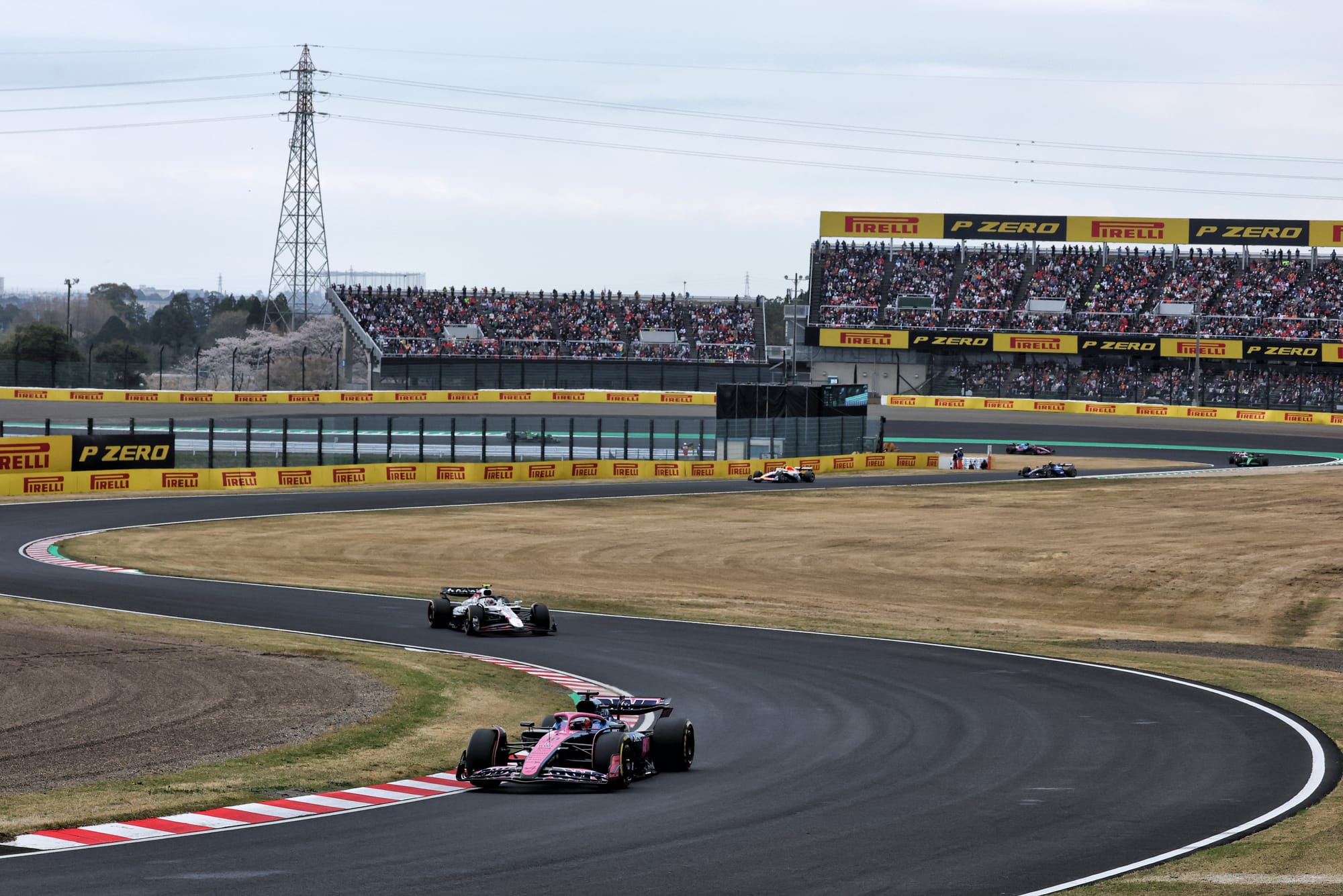
This was not just a matter of circuit characteristics suiting its car. Alpine reckons if the China version had appeared (with the appropriate wings) it would not have been this strong in sector one.
That's a lot of positives. So where did it all go wrong? The short answer is the second sector, mainly between the exit of the hairpin and 130R, which comprises all of two very long straights separated by Spoon Curve.
|
|
Sector 1 |
Sector 2 |
|
Ranking |
5th |
9th |
|
Deficit to fastest |
0.235s |
0.643s |
|
Deficit to midfield leader |
0 |
0.369s |
And although the 'fast in the high speed, slow on the straights' balance could lead to the conclusion this was all down to wing levels, it was more a sheer lack of grunt.
"We actually got everything out of the package we have at the moment, we're just a bit too slow," said Gasly.
"Not talking much to our main competitors, but just lacking a bit of pace in some areas around the track.
"They are quite obvious, the areas we are losing."
The feeling from Alpine is that this is a real David Sanchez car - the first proper reflection of its big technical recruit who, before a short-lived McLaren move at the start of 2024, had consistently been a key part of designing race-winning Ferraris.
It has its roots in the late-2024 upgrade of the preceding A524, a process that inevitably has a knock-on effect in terms of how much more could be done over the winter, and how Alpine manages the development of the car alongside switching focus to the major new rules in 2026.
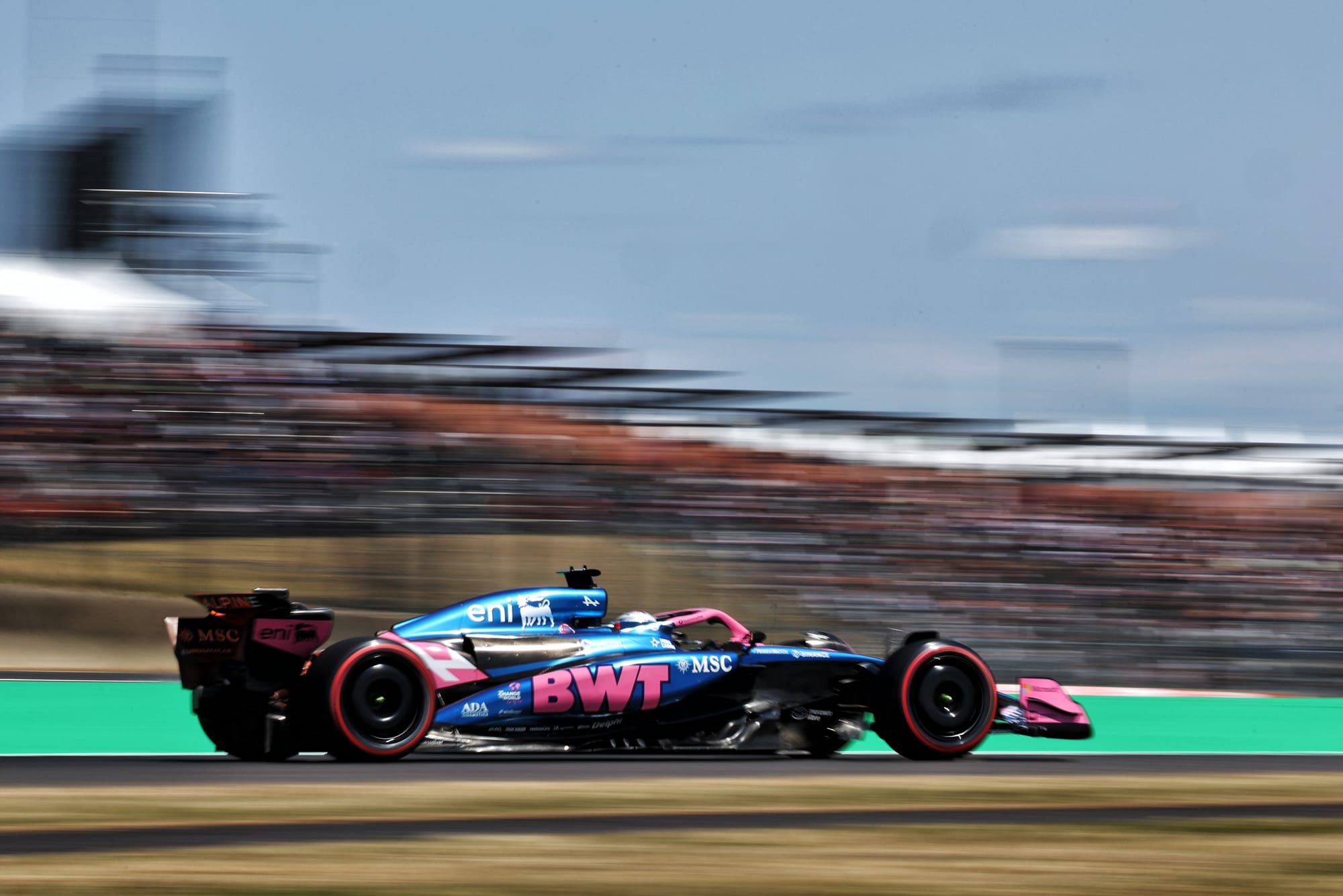
But still, back in the Bahrain test this car looked like a threat to lead the midfield for a reason. And the sentiment at Suzuka was - after doing the homework post-China that resulted in key set-up changes around the rear of the car - Alpine might now be back at that Bahrain level if not even better.
It just couldn't show that at Suzuka because its cornering speed was more than negated by its power deficit. And that becomes even more costly in races when the weaker battery charging leaves Alpine prone to 'clipping', where electrical energy cannot keep being deployed and speed drops, thus leaving it more vulnerable on the straights.
"You're in a strong position to attack, like I was with Fernando [Alonso] at the end, but I was never closing enough to actually try something into the last chicane or into Turn 1," said Gasly.
"And then at the same time we're vulnerable as soon as you get someone quite close behind.
"We know the compromises of the package we have. On the other side, the first sector, the high-speed corners, we are very competitive and faster than all the cars around us.

"But we will see if there are better compromises we need to do to either get more out of it or just be slightly more raceable."
The engine loss is understood to be a deficit of between two and six tenths depending on circuit characteristics and was a key factor in Alpine's double Q1 exit in China and mediocre weekend there.
That perhaps got missed in Shanghai as the focus on Alpine was the fact it had to make a change to comply with the sudden clampdown by the FIA around flexing rear wings. Alpine was understood to be pushing this area hard, almost certainly to try to offset its engine deficit as much as possible.
While it is only thought to be worth a small gain, the midfield is very close so it all adds up, and any extra non-DRS straightline speed would be particularly helpful in the race to fend off attacks from behind. In that sense, Alpine has become a casualty of the politics at the front of the field pushing for stricter policing of flexible bodywork.
Whatever the gain (or loss, post-clampdown) from such techniques, Alpine will have to live with it, just like it has learned to live with its engine reality. Its car is clearly good, and on certain tracks - not necessarily power-sensitive ones but ones where recharging the battery is tricky, or there is a reduction in DRS zones - it will be in the top 10 regardless.

Last year already proved that Alpine was able to turn an uncompetitive car into a consistent points threat, and this year it has a better baseline car from the start.
That has not paid off yet due to some underperformance on its part, the engine deficit, and the compression of the midfield that means those first two points are punished more heavily than ever.
And while it still speaks to a certain failure at a Renault level that it never managed to reconcile the two sides of its works team, the evidence from Suzuka at least supports the view that Alpine is better off becoming a customer next year - but is exposed until then.
"Honestly I wouldn't look too much," Gasly said when The Race asked about being last in the championship but having potential from Suzuka to turn things around.
"It's normal and people will look at the championship situation and might make some early conclusions.
"It doesn't feel like that, because it really feels that for these last few points there are many cars and we are part of the [group of] cars that's going to battle all season for those points.
“We are not maybe the favourites at the minute, looking at AlphaTauri [Racing Bulls], Williams as well were extremely fast.
"But I'm confident we'll get them at some point. We need to get a bit more performance for sure, but I'm confident it will come. Just need to focus on ourselves."

